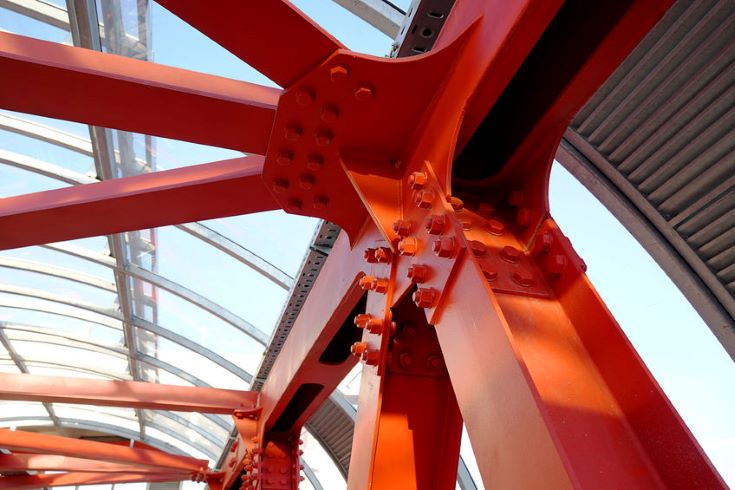Can AI transform how we monitor the health of civil infrastructure?
The University of Surrey and King's College London have developed a new machine learning algorithm (AI) that could transform the way we monitor major infrastructure, such as dams and bridges.

The AI demonstrated a 100 per cent success rate in identifying damaged bolts. Photo: Sergei Telenkov|123rf
In a paper published by the journal Structural Health Monitoring, the universities’ researchers detail how they created an AI system named SHMnet to analyse and assess the damage of bolt connections used in metallic structures.
Built on the foundations of a modified Alex-Net neural network, the research team set up an impact hammer test under lab conditions and tasked SHMnet with accurately identifying the subtle condition changes of connection bolts on a steel frame under ten damage scenarios.
The team found that when SHMnet was trained using four repeated datasets, it had a flawless identification record in their tests.
Dr Ying Wang, the corresponding author of the paper and Assistant Professor at the University of Surrey, said: “The performance of our neural network suggests that SHMnet could be incredibly useful to structural engineers, governments and other organisations tasked with monitoring the integrity of bridges, towers, dams and other metal structures.
While there is more to do, such as testing SHMnet under different vibration conditions and obtaining more training data, the real test is for this system to be used in the field where a reliable, accurate and affordable way of monitoring infrastructure is sorely needed.”
This article was first published on the University of Surrey’s website.